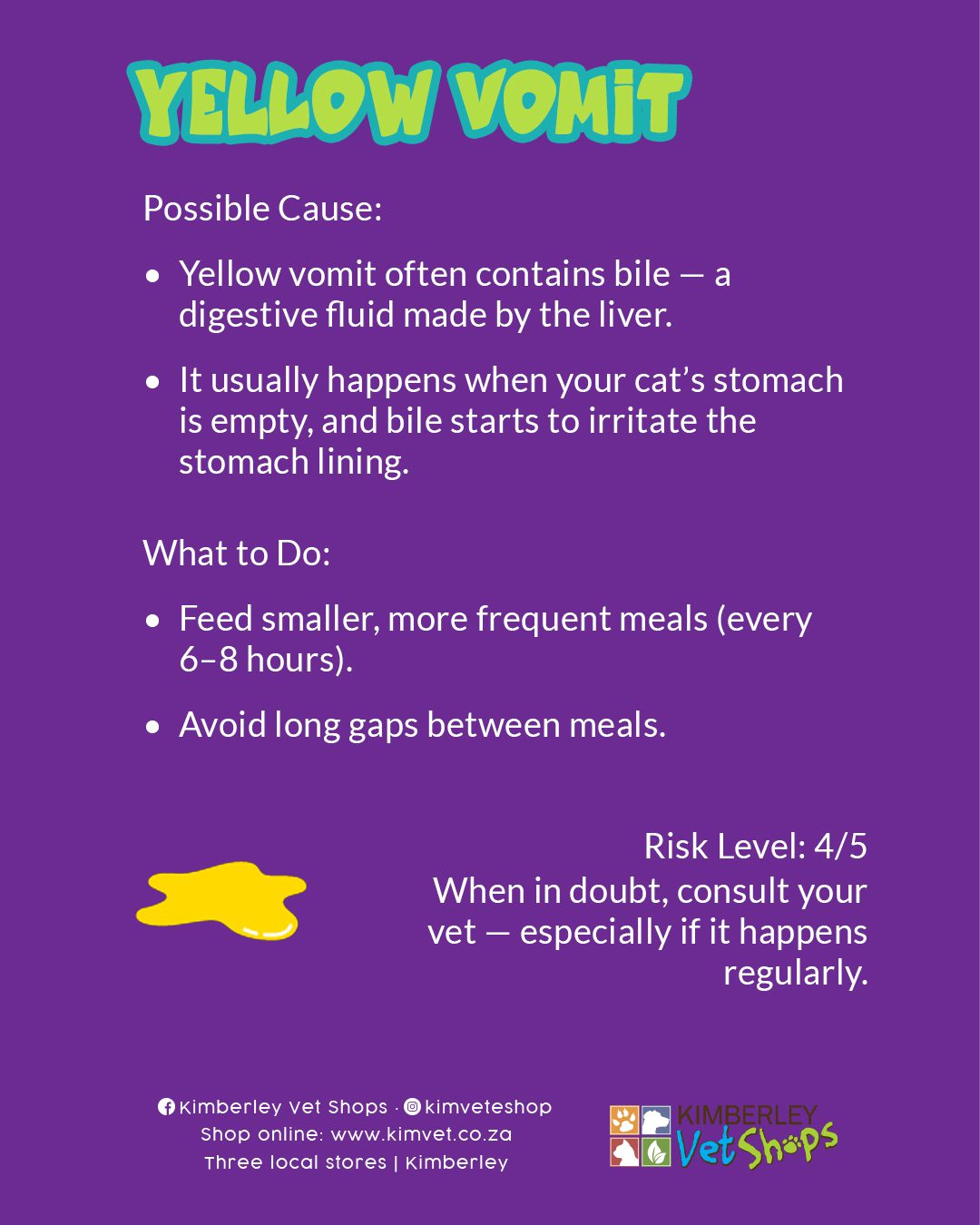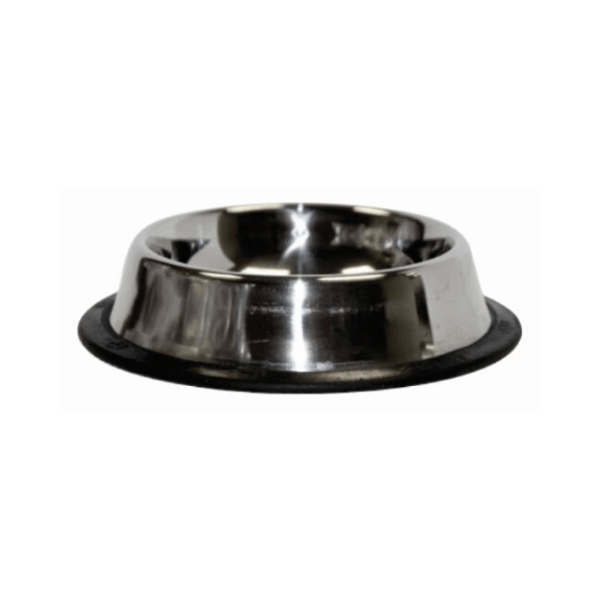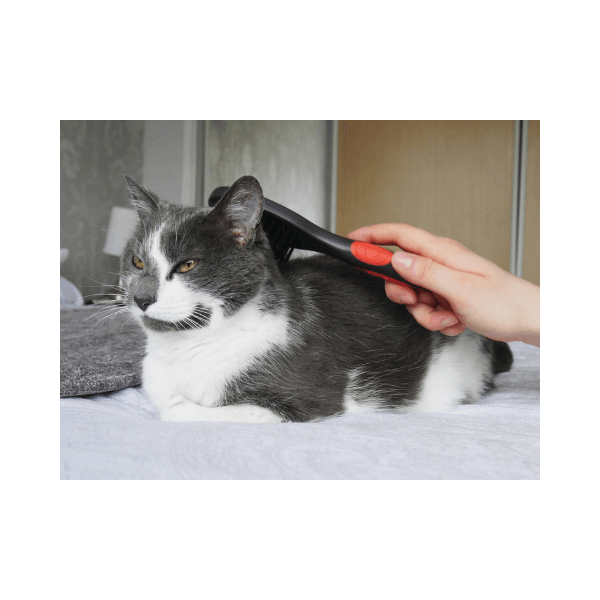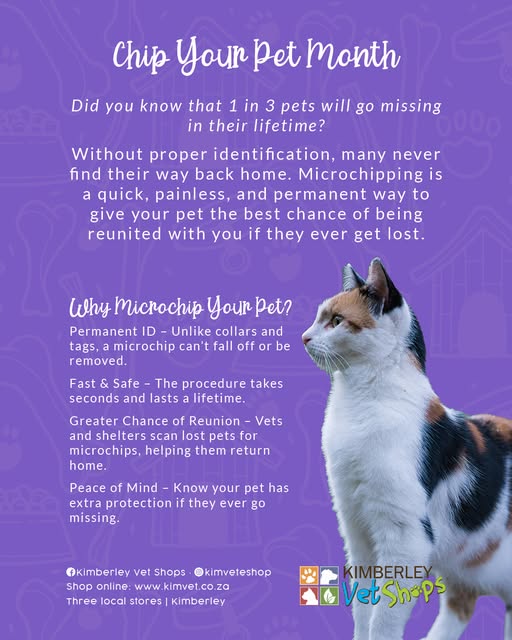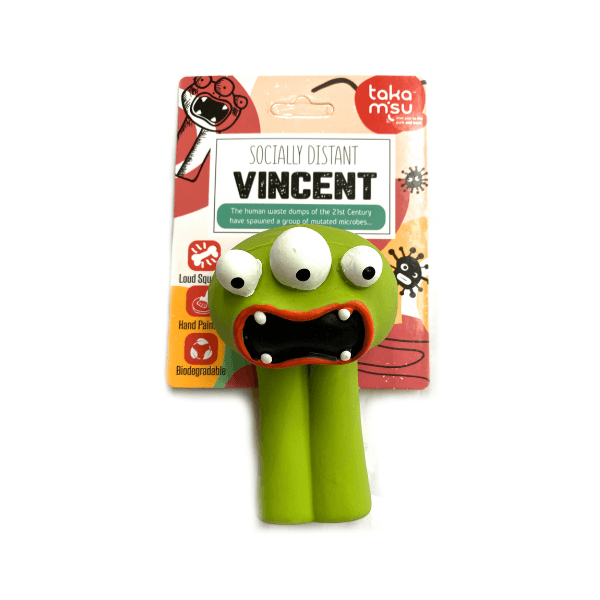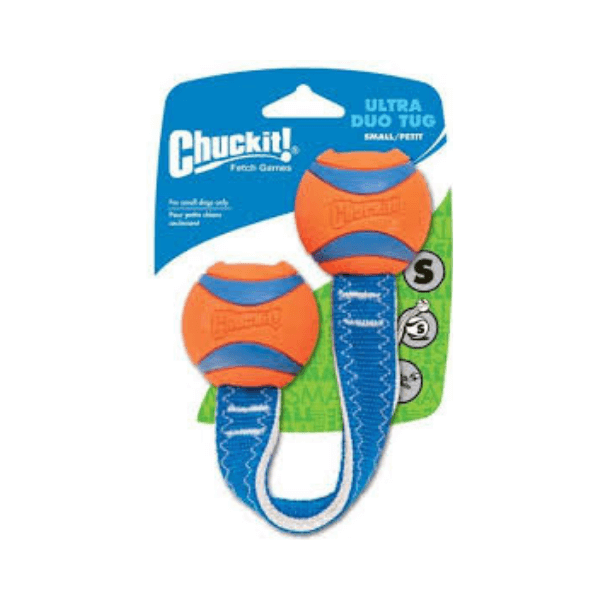
Please never give your kitties these foods!
View All Cat Pet Products Available In Our Shop
Foods to Absolutely Avoid for Your Cats - Please never give your kitties these;
1. Persimmons – Can cause intestinal irritation; seeds may lead to blockage, though they’re rarely fed to cats.
2. Salt – Excessive salt can cause vomiting, diarrhea, seizures, or even death.
3. Raw Eggs – Risk of salmonella or E. coli; raw egg whites contain avidin, which can lead to biotin deficiency.
4. Cow’s Milk – Many cats are lactose intolerant, leading to diarrhea or upset stomach.
5. Coffee – Contains caffeine, which can cause restlessness, rapid breathing, heart palpitations, muscle tremors, or seizures.
6. Almonds – Not toxic in small amounts, but large quantities may cause upset stomach. Bitter almonds (rare) contain cyanide, which is toxic.
7. Fatty Meats (like bacon or lamb fat) – Can lead to pancreatitis (inflammation of the pancreas).
8. Chocolate – Contains theobromine and caffeine, both toxic to cats, leading to vomiting, seizures, or death.
9. Cherries – The pit, stem, and leaves contain cyanide, which is toxic and can lead to difficulty breathing, shock, or death.
10. Garlic – Highly toxic; can cause gastrointestinal upset and damage red blood cells, leading to anemia.
#petsupplies #petcare #shoplocal #petlovers #petproducts #smallpets #animalcare
Here are some awesome snacks you can order instead! Shop online today!
-

KittyCrunch 60g, Cats Treats, KimVet e-Shop, Kit Cat
R63.48 -

Juicy Bites 11.3g (single), Cats Treats, KimVet e-Shop, Inaba
R28.98 -

Catnip Spray 250ml, Cats Treats, KimVet e-Shop, Kunduchi
R75.39 -

Super Catnip 30g, Cats Treats, KimVet e-Shop, Kunduchi
R31.20 -
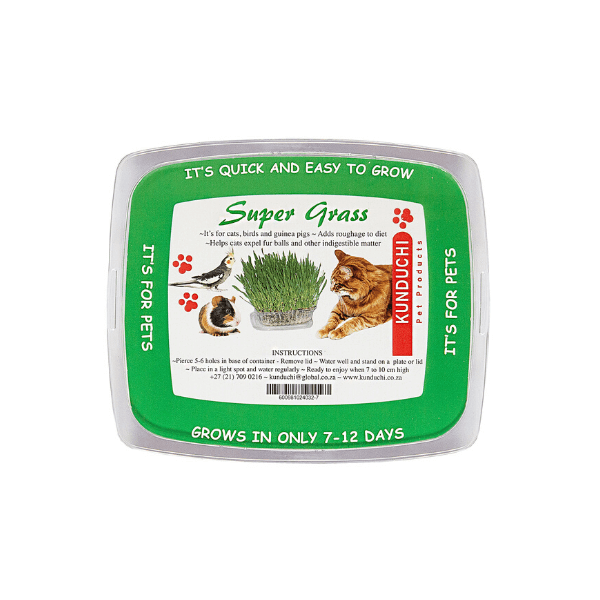
Super Grass, Cats Treats, KimVet e-Shop, Kunduchi
R25.84 -

Bonkas Original, Cats Treats, KimVet e-Shop, Pawbreakers
R77.88 -
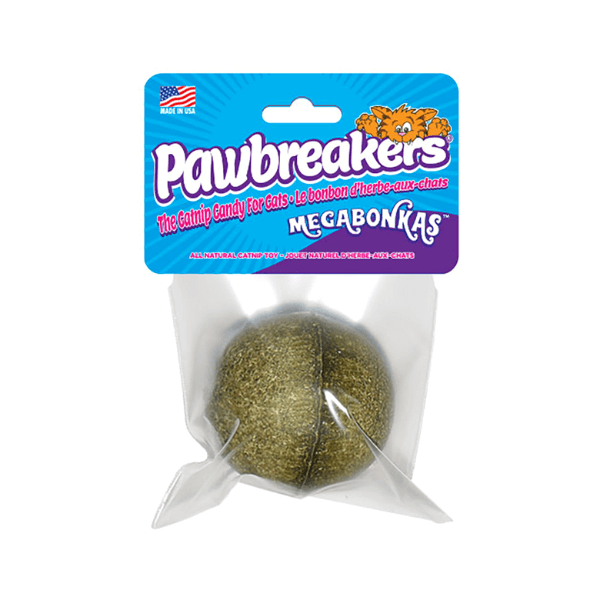
Megabonkas Royal, Cats Treats, KimVet e-Shop, Pawbreakers
R89.42 -

Meow Munchies Chicken Crunchy Bites 50g, Cats Treats, KimVet e-Shop, Marltons
R53.00 -

Meow Munchies Salmon Crunchy Bites 50g, Cats Treats, KimVet e-Shop, Marltons
R53.00 -

Breath Bites 60g, Cats Treats, KimVet e-Shop, Kit Cat
Price range: R63.00 through R72.80 -

Treat Sticks 15g, Cats Treats, KimVet e-Shop, MeowMore
R29.87 -

Chicken Treats 200g, Cats Treats, KimVet e-Shop, Biskitty
R64.00











